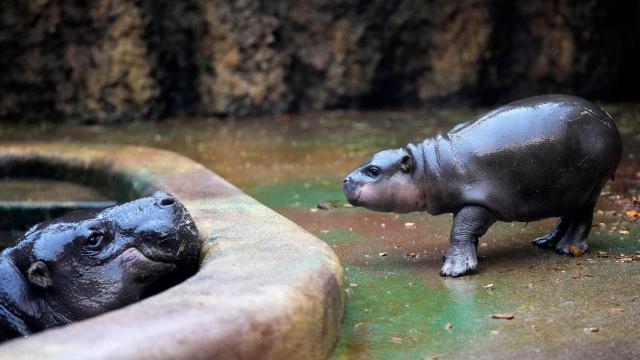A zoo in the Czech Republic is so excited about its newest arrival that it arranged a special photoshoot. Meet Mikolas the pygmy hippo, born December 1 at Dvur Kralove Zoo. Pygmy hippopotamuses are endangered, and little Mikolas is a boon to conservation efforts, the Associated Press reports.
The relatively tiny herbivore is now the fourth such specimen to live at the zoo. Click through to see Mikolas exploring his zoo habitat, already looking like a natural in front of the camera.
Still Hefty Hippos
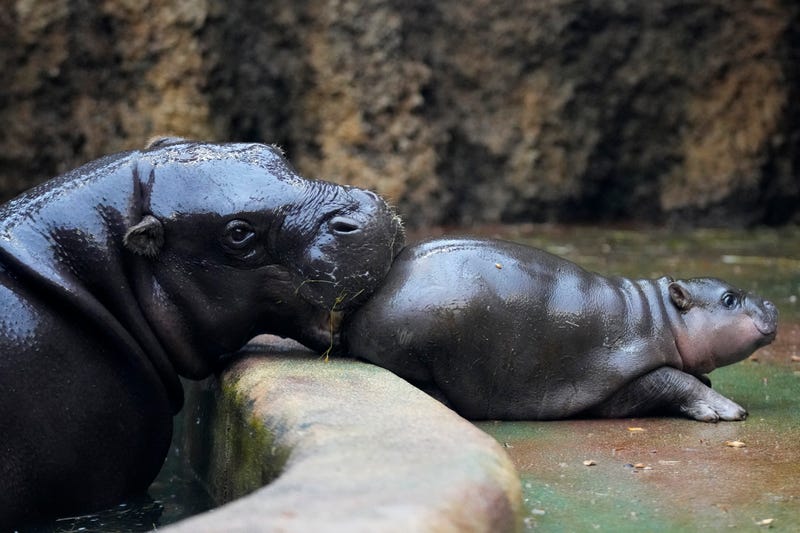
Pygmy hippos (Choeropsis liberiensis) are one of two living hippo species to still exist in the world, the other being the common hippo (Hippopotamus amphibius).
As their name suggests, pygmy hippos are relatively much smaller than their well-known cousins. An adult common hippo usually weighs at least 3,000 pounds, with males reaching up to 9,000 pounds; they’re also 10 to 16 feet long, and about 5 feet tall at the shoulders. Adult pygmy hippos are about as half as long and tall and weigh a still-hefty 400 to 600 pounds. There are more subtle differences between the two species, such as pygmy hippos having separated toes with sharp nails, compared to the webbed toes of common hippos.
A Small Bundle of Joy
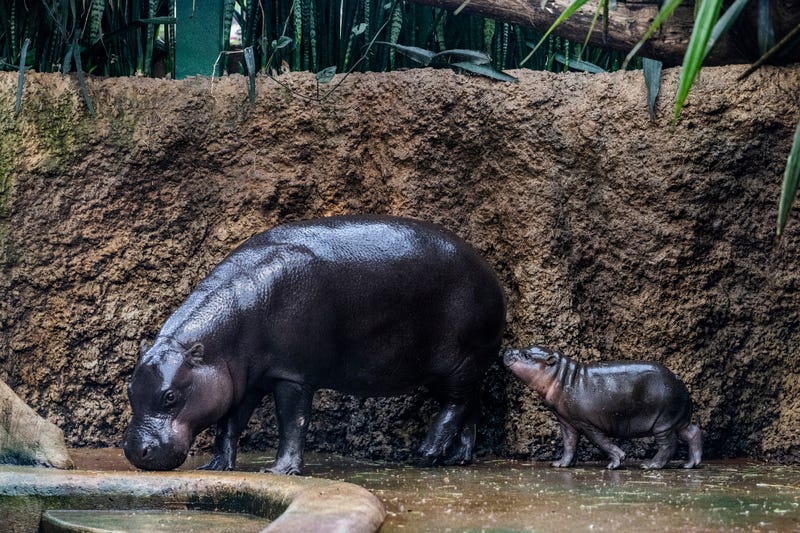
Pygmy hippos may still dwarf us by the time they’re adults, but calves like Mikolas start out small. Newborns on average weigh between 10 and 14 pounds. They’ll then spend the next six months or so nursing from their mothers. In the wild, the babies will hide near the water while their mother forages for food, according to the Pygmy Hippo Foundation.
Hungry Herbivores
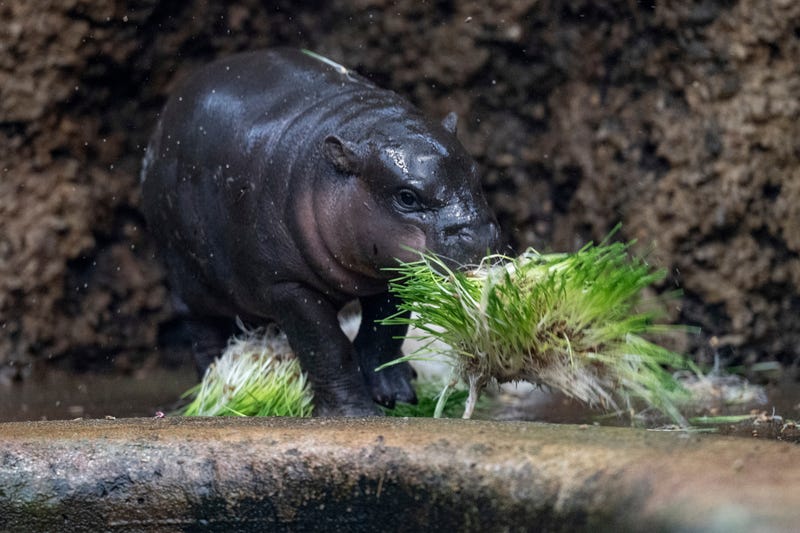
Hippos are veggie-eaters through and through. Pygmy hippos in particular will eat a variety of grasses, leaves, and fruits that fall down onto the forested floor.
An Endangered Species
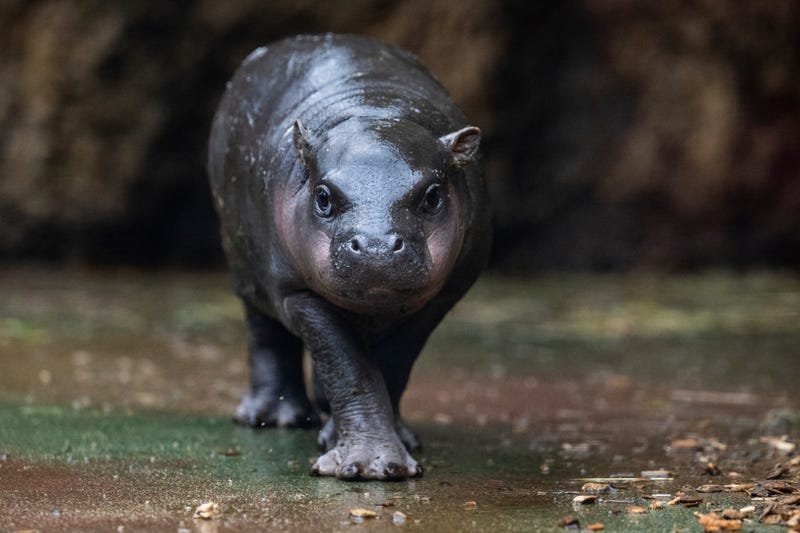
Common hippos are considered a vulnerable species, with an estimated 110,000 to 130,000 in the wild, mostly in Eastern and Southern Africa. But pygmy hippos are in dire straits. Data is scarce, but fewer than 2,000 to 3000 pygmy hippos may now be living in the wilds of western Africa, mainly within Liberia. That makes the birth of Mikolas and other pygmy hippos in captivity all the more important.
A Rare Specimen
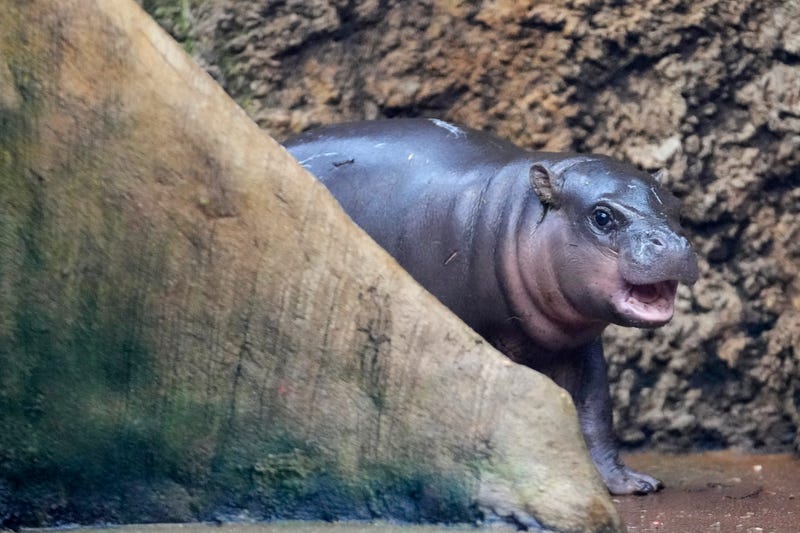
The captive breeding of pygmy hippos in zoos and other conservation projects has generally gone well, and captive hippos typically live for 30 to 50 years. But for whatever reason, male pygmy hippos tend to be less common, accounting for about 41% of births in captivity. So Mikolas is already quite a special boy.
Solitary Beasts
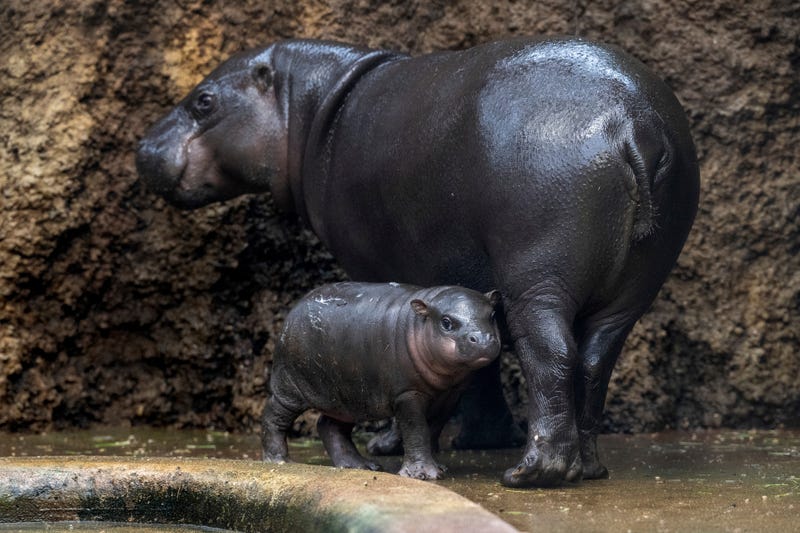
Unlike common hippos, pygmy hippos are loners by nature. In the wild, they’re either solitary or at most living in pairs. They’re also nocturnal and will spend much of their time hiding in the river, making it even harder for people to encounter them. They are, however, much less likely to get aggressive with another member of their species—a common occurrence for male common hippos fighting over territory or a potential mate.
More but Not Completely Docile
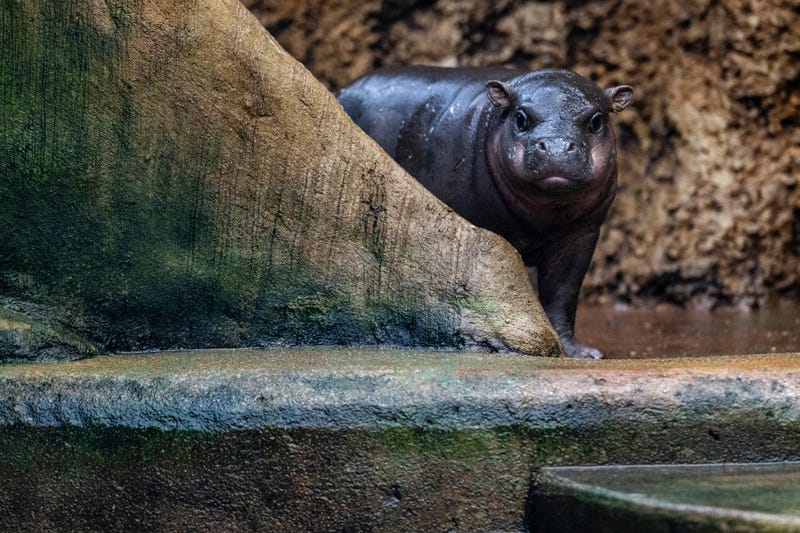
Common hippos are well-known for their ferocious behavior toward just any animal that they perceive as a threat, which can include humans (it’s estimated that about 500 people a year are killed by hippos, more than by nearly any other wild animal). Pygmy hippos by contrast are much more chill, though they can get dangerously aggressive as well. Last year, a pygmy hippo newly introduced to the John Ball Zoo in Michigan killed a sitatunga antelope named Chopper. In 2012, a pygmy hippo attacked a zookeeper at the Dvur Kralove Zoo, sending them to the intensive care unit.
Neither Pig Nor Horse

The word “hippopotamus” is derived from Latin and roughly translates to “river horse.” Meanwhile, the genus of the pygmy hippo, “Choeropsis,” means “pig-like.” But neither of these terms are very accurate. Genetically, the closest living cousins to hippos are cetaceans—whales and dolphins.
Hunted for Food
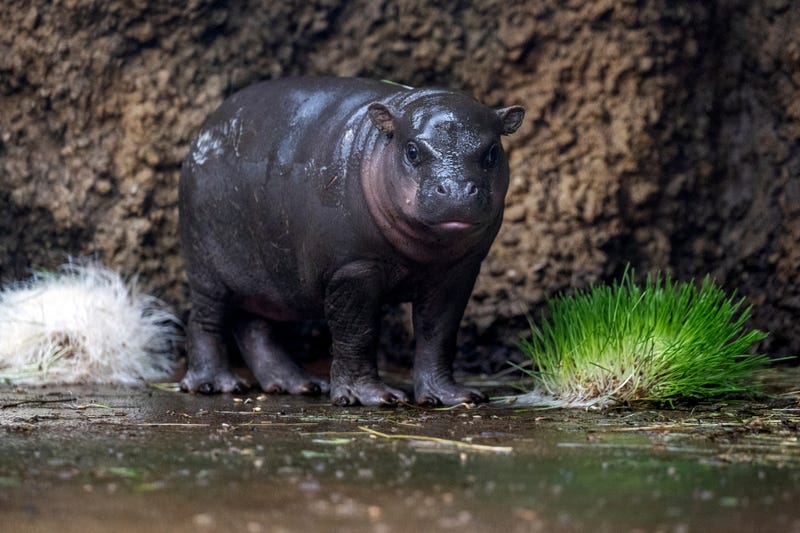
Several factors have contributed to the decline of pygmy hippos, such as the loss of habitat to deforestation and coal mining. But some people have continued to directly endanger these semi-aquatic animals by illegally hunting them. The animal is reportedly considered a prized commodity within the local bushmeat industry, and pygmy meat is said to taste better than meat from the common hippo.
An Animal of Legend
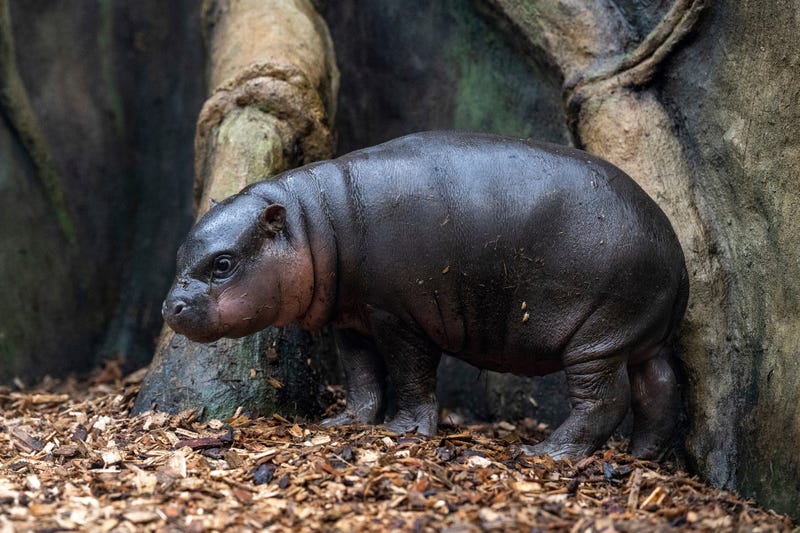
The elusive and secretive nature of pygmy hippos has perhaps contributed to the many fanciful tales that surround them. One common piece of folklore is that the hippos carry a diamond with them at night to help light their way through the darkness.
